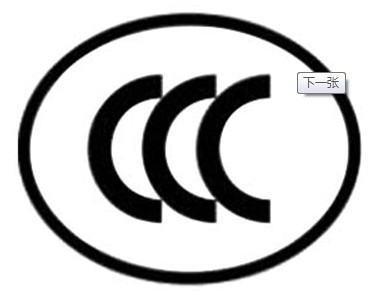Laboratory
TEL:86+755-89233348
FAX:86+755-89233348
Mobile: 13530730021
service@toyoutesting.com
Federal Act enacted mercury batteries and Rechargeable Battery Management Act
Federal Act enacted mercury batteries and Rechargeable Battery Management Act "(U.S. PUBLICLAW 104-142) in 1996, this law come into effect from May 13, 1996. The Battery Act applies to Battery and Product Manufacturers, Battery Waste Handlers, and certain Battery and Product Importers and Retailers.
1. Battery act including restrictions on the use of batteries of rechargeable Ni-Cd and SSLA batteries, as well as rechargeable batteries found in consumer products like cellular phones and laptop computers.
Definition and exemption:
Rechargeable batteries are those batteries with one or more voltaic or galvanic cells, electrically connected to produce electric energy, that are deigned to be recharged for repeated uses. This definition also includes any type of enclosed device or sealed container consisting of one or more such cells, including what is commonly called a battery pack.
The Battery Act exempts from the definition of “rechargeable battery”:
(1) Lead acid batteries used to start an internal combustion engine or as the principal electrical power source for a vehicle;
(2) Lead acid batteries used for load leveling or for storage of electricity generated by an alternative energy source, such as a solar cell or wind-driven generator;
(3) A battery used as a backup power source for memory or program instruction storage, timekeeping, or any similar purpose that requires uninterrupted electrical power in order to function if the primary energy supply fails or fluctuates momentarily; or
(4) A rechargeable alkaline battery.
2.The limitation on the mercury batteries:
The Battery Act also phases out the use of batteries that contain mercury. The Act prohibits any person from selling, offering for sale, or offering for promotional purposes the following batteries:
(1) Alkaline-manganese batteries that contain mercury that was intentionally introduced (as opposed to mercury that may be incidentally present), except for button cells that contain up to 25 mg of mercury;
(2) Zinc-carbon batteries that contain mercury that was intentionally introduced;
(3) Button cell mercuric-oxide batteries; and
(4) Other mercuric oxide batteries, unless the manufacturer or importer does the
following: identifies a collection site for recycling or proper disposal of the batteries; informs the purchasers of the collection site; and provides the purchasers with a phone number for obtaining information about sending the batteries for recycling or proper disposal.
3. Labeling Requirements
(1) Regulated batteries must bear the three chasing arrows or a comparable recycling symbol.
(2) Regulated nickel-cadmium batteries must be labeled “nickel-cadmium” or “Ni-Cd,” with the phrase “BATTERY MUST BE RECYCLED OR DISPOSED OF PROPERLY.”
(3) Regulated lead-acid batteries must be labeled “Pb” or with the words “LEAD,” “RETURN,” and “RECYCLE” and, if the regulated batteries are sealed, the phrase “BATTERY MUST BE RECYCLED.”
(4) Rechargeable consumer products containing Ni-Cd batteries that are not easily removable must be labeled with the phrase “CONTAINS NICKEL-CADMIUM BATTERY. BATTERY MUST BE RECYCLED OR DISPOSED OF PROPERLY.”
(5) Rechargeable consumer products containing regulated lead-acid batteries that are not easily removable must be labeled with the phrase “CONTAINS SEALED LEAD BATTERY. BATTERY MUST BE RECYCLED.”
(6) The required labeling also must be carried on the packaging of rechargeable consumer products containing regulated batteries that are not easily removable, and on the packaging of regulated batteries that are sold separately from such products, if the labeling on the product or battery is not visible through the packaging.
(7) Battery and product manufacturers may apply for EPA certification to use a different label that conveys the same information as described above or conforms with a recognized international standard that is consistent with the overall purposes of the Battery Act.






















































